It should go without saying that the most recent half-year of the World2 Tour had not exactly progressed in a manner that I, or anyone for that matter, would have chosen at the outset. Mishaps ranging in severity from mildly annoying to nearly catastrophic seemed to arise almost sequentially, resulting in significant, and compounding, delays, an extraordinary increase in expenses, not to mention a certain level of physical discomfort. Additionally, the continuing presence of various levels of travel restrictions caused by the ongoing health crisis continued apace. By that time, I had almost grown accustomed to those extra complicating procedures, nevertheless, they further increased both my delays and costs during the latter stages of the Tour. At the time of the crash in Guam I had an airline ticket for a flight, two days hence, to the Republic of Palau, where I expected to spend a couple of weeks. Nine weeks later, when I had recovered enough to resume the Tour, albeit in a distinctly limited manner, that country still seemed to be the obvious choice for the next destination. As it turned out, I stayed there for considerably longer than I had initially planned, mostly due to logistical issues. That was not necessarily a bad thing, because Palau provided me several things I really needed, just when I needed them.
The Republic of Palau consists of an archipelago of several hundred small islands located nine hundred kilometers due east of the southern Philippines island of Mindanao. Consequently, even in the best of times the country is difficult to reach, with most of those who make the effort going to experience its world-class diving opportunities. At the time of my visit, it was even more complicated with only one weekly flight from Guam having been restarted. On the bright side, the country had a reasonable and efficient policy in place for incoming travelers. Vaccinated people were expected to perform a light
self-isolation for five days after arrival, whereby socializing and crowds were prohibited but things like quick trips for food, or solo exercise, were allowed, and that worked perfectly for me.
However, one thing that I really needed at the time was to spend a few weeks in a place that was not highly urbanized, as almost everywhere I had visited since the end of February of that year had been. Palau has a population of around twenty thousand residents, and, even though the islands are not especially large, that results in a very pleasing population density of about thirty-nine inhabitants per square kilometer. To put that into perspective, almost all of the small island nations or territories I had been to so far on this Tour, including Saint Lucia, Guadeloupe, Dominican Republic, Guam, and others, had values for that metric of well over two hundred inhabitants per square kilometer, with Puerto Rico leading the way at three hundred forty-three. In fact, in Palau, almost everyone lives in the main town, the former capital, located on one of the smaller islands, both named Koror. Therefore, one need not go very far to find a pleasant area for peaceful relaxation.
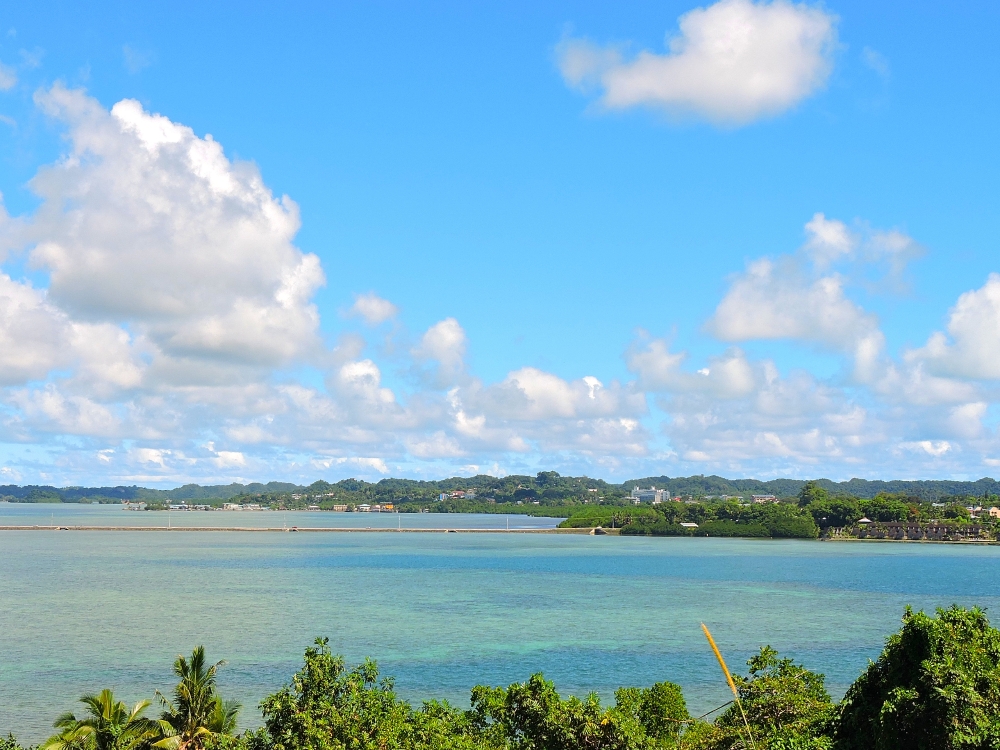
Just after I arrived, I discovered that a potential onward destination, one that was an anticipated part of my original plans for the Tour, had just decided to reopen to visitors, but not until the first of December. So, my two-to-three-week stay soon expanded to six or more. Suddenly with plenty of time to spare, I spent the first two weeks mainly hanging around Koror, regaining the weight I lost in Guam, particularly easy since there was a kitchen where I was staying, and learning what I could about the country and its history. The territory that is now Palau has been occupied for about three thousand years, with minimal contact between the area and even the relatively nearby societies of the western Pacific for most of that time. Eventually, the islands were a rather late addition to the Spanish Empire, beginning around the year 1700, however Spain essentially ignored that particular province during the next two centuries. At the end of the nineteenth century, as a result of the Spanish-American War, the islands were sold to Germany, whose only notable presence involved starting a phosphate mine.
Two decades later, at the urging of Britain during World War One, the Japanese Empire conquered the group. They began the process of building modern-style
towns and institutions, leading to a society that was apparently somewhat more stable than other regions of that particular Empire. Of course, another War soon followed, and the United States eventually drove out the Japanese in 1944, later placing the country into the Trust Territory of the Pacific Islands. In 1981 the country opted for independence and became the Republic of Palau, eventually formalizing a Compact of Free Association with the USA in 1994. Today the country derives most of its income from tourism, but also receives a certain amount of foreign aid. All of that seems to have been reasonably well spent and the appearance of the country is considerably more tidy than other similar places I have been, with a number of nice amenities, such as gardens, public bathrooms, and picnic areas not often found in countries from this category.
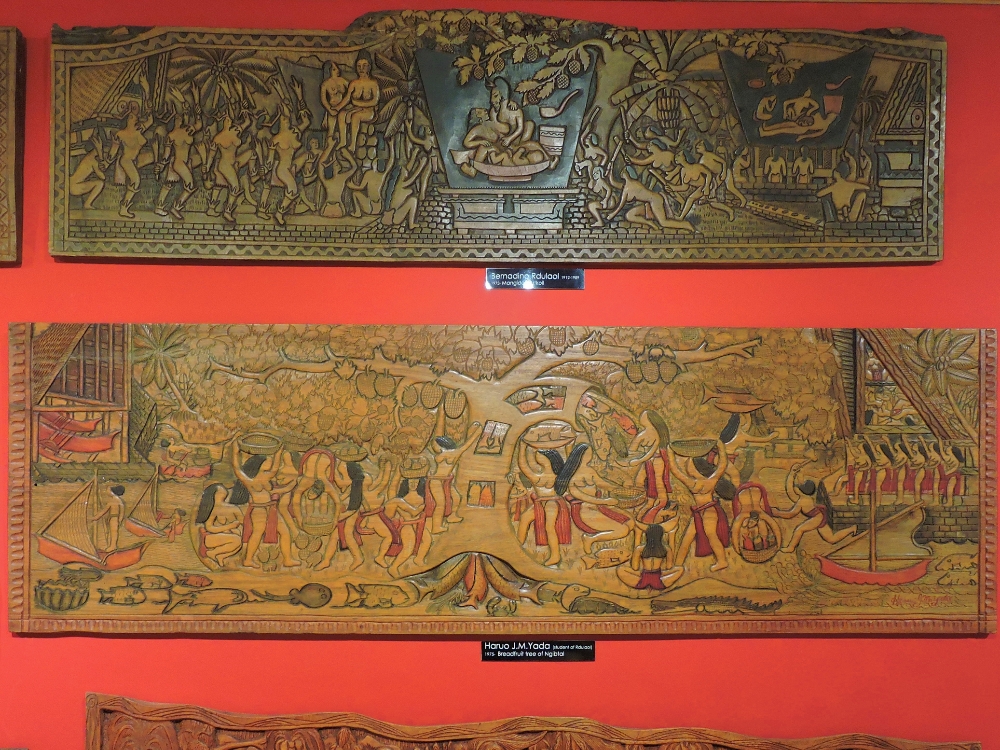
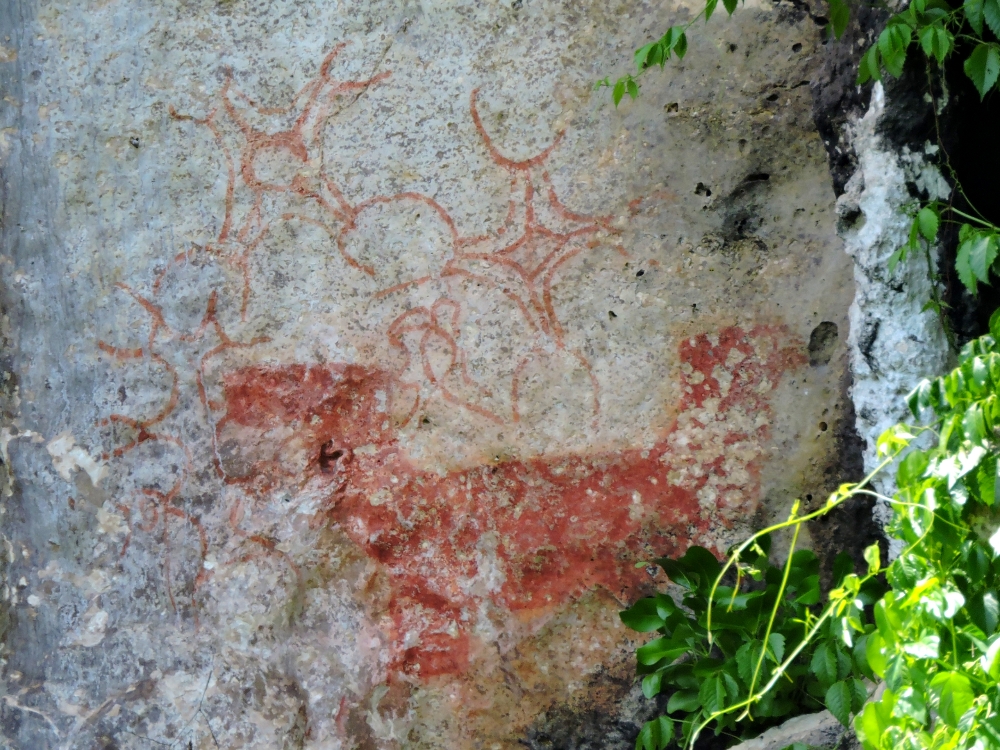
What I needed most of all, however, was to be in a place where I could begin the slow process of rebuilding my cycling abilities and, in that respect, Palau was probably the best location available in that part of the World. There were a few fairly short routes I could use around Koror, though with that being the only part of the country that is somewhat crowded, I grew tired of those before long. In that area, there were also the only two negative aspects I found in the country. First, there was a distinct overabundance of dogs roaming around the place. They were your basic devolving village dogs, and they were not really aggressive, but they did exhibit the annoying habit of launching into a fit of barking just when I had finally focused in on some interesting bird. Additionally, most of the roads in that area had long sections lined with the same type of angular cement culverts that swallowed my bike and me back in Guam. Not surprisingly, their presence took a considerable amount of mental strengthening for me to overcome their foreboding proximity. Eventually, my rehabilitation rides took a slight step up in effectiveness when I moved over to the more southerly island of Peleliu.
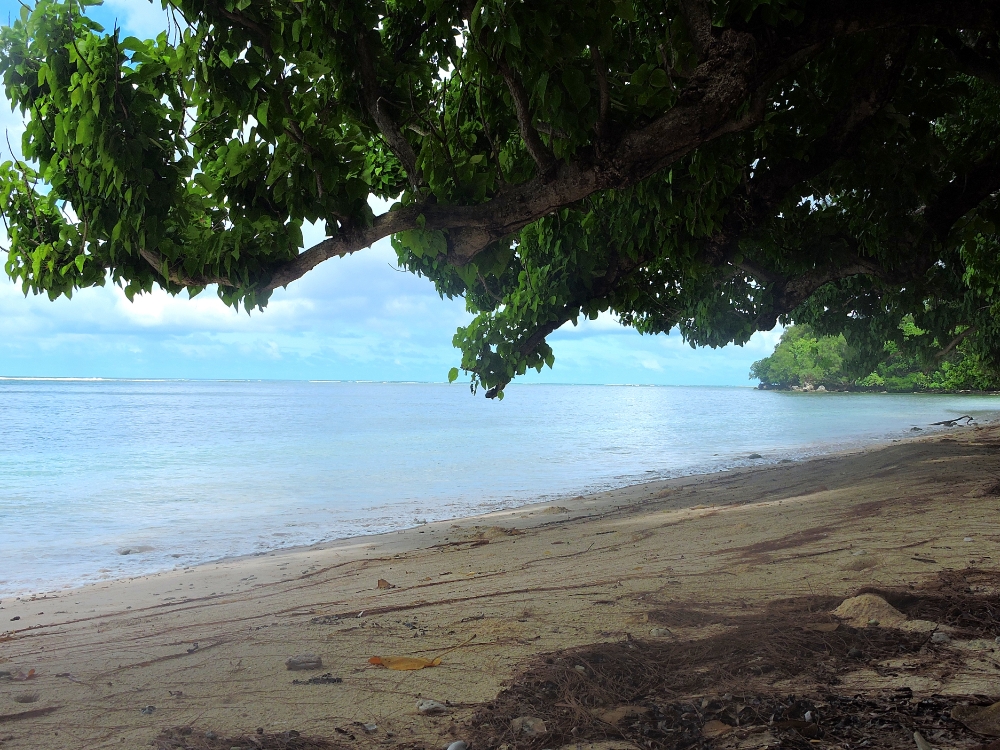
Peleliu is the second largest island of the archipelago, and is reached by a two or three hour ferry trip from Koror. It is the only one of the large islands possessing a flat topography, and has a population of just a few hundred, making it an ideal place for me to accomplish some reasonably pleasant cycling. However, the island was also the location of a particularly violent battle in 1944 and many visitors who make it that far do so in order to revisit that part of its history. During that earlier combat the island was almost entirely defoliated, though thankfully the forest has effectively regenerated since then. The remaining visible aspects are a handful of ruined buildings, a number of machines in various stages of rusting into oblivion, and several monuments to those killed from both sides of the senseless fighting.
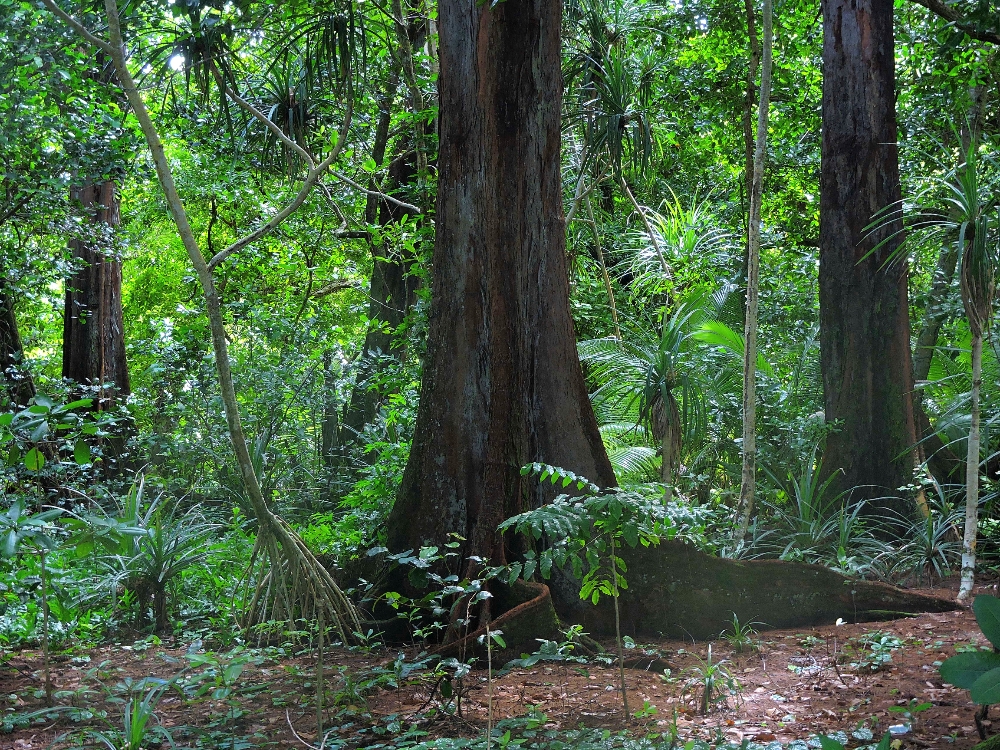
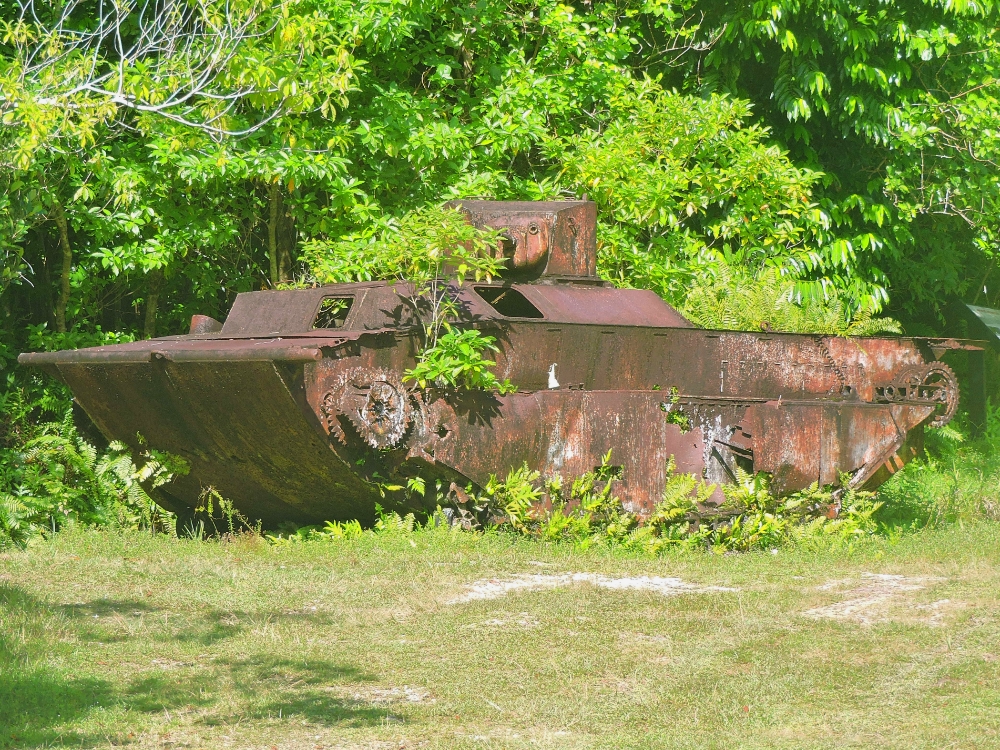
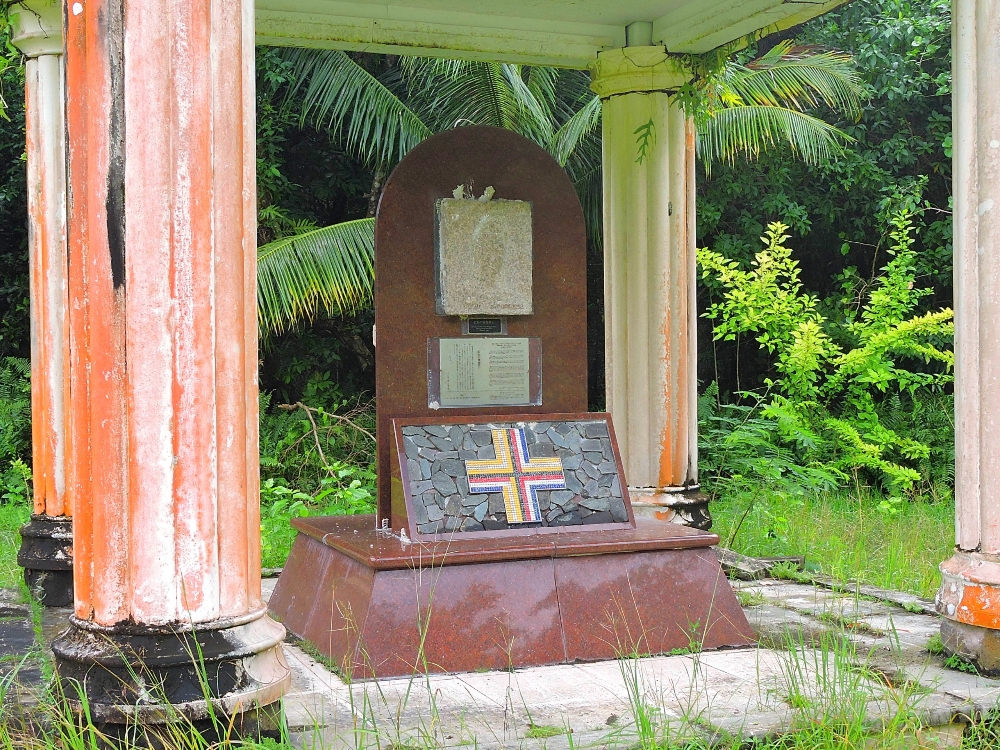
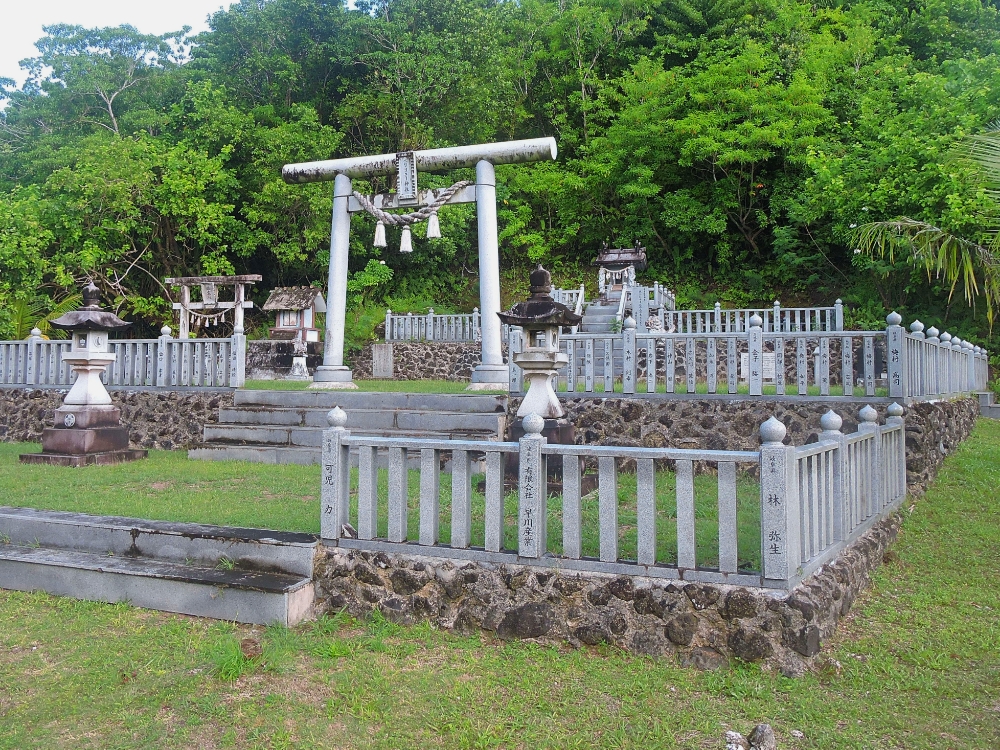
Those relics were not particularly interesting for me, but I was simply happy to be riding semi-regularly again. The roads on the northern half of the island were paved, with minimal traffic, while in the south the surface was unpaved, consisting of a hard-packed limestone, which, when damp, was perhaps the slipperiest surface I have ever seen. While the conditions were generally good, the total length of the roads was not particularly great, so I usually had to loop around twice. In so doing I just barely started to feel stronger by the end of my time there. Overall, I enjoyed that island with only cycling and relaxing taking up most of my time. The latter activity being enhanced by the seaside cabin where I stayed, a location that provided many nice skyscapes.
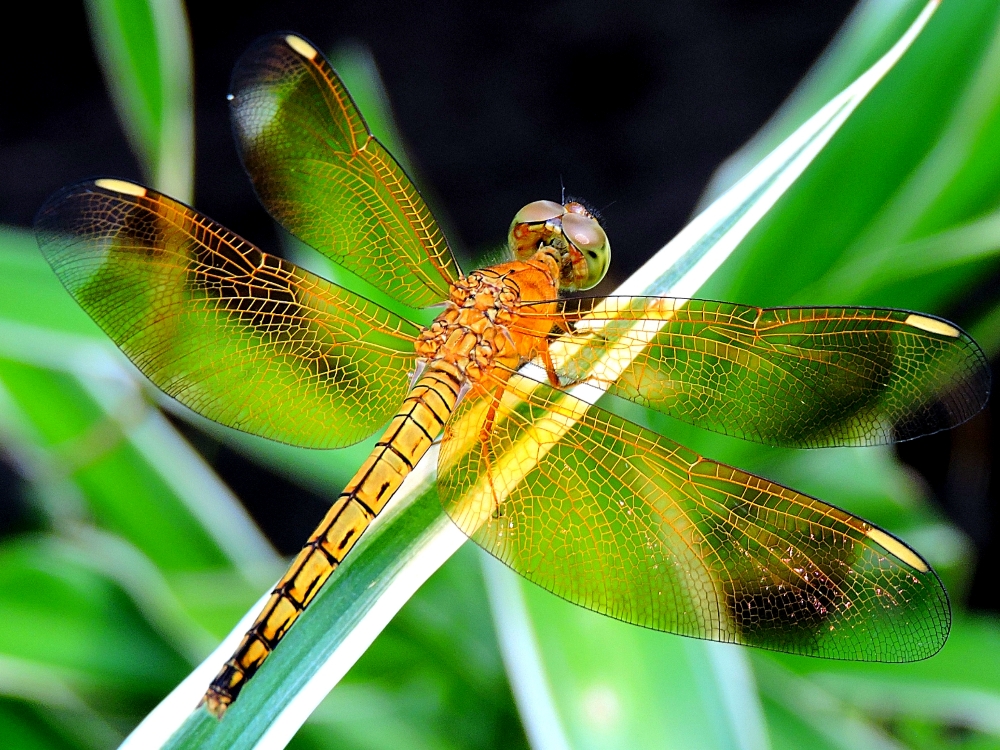
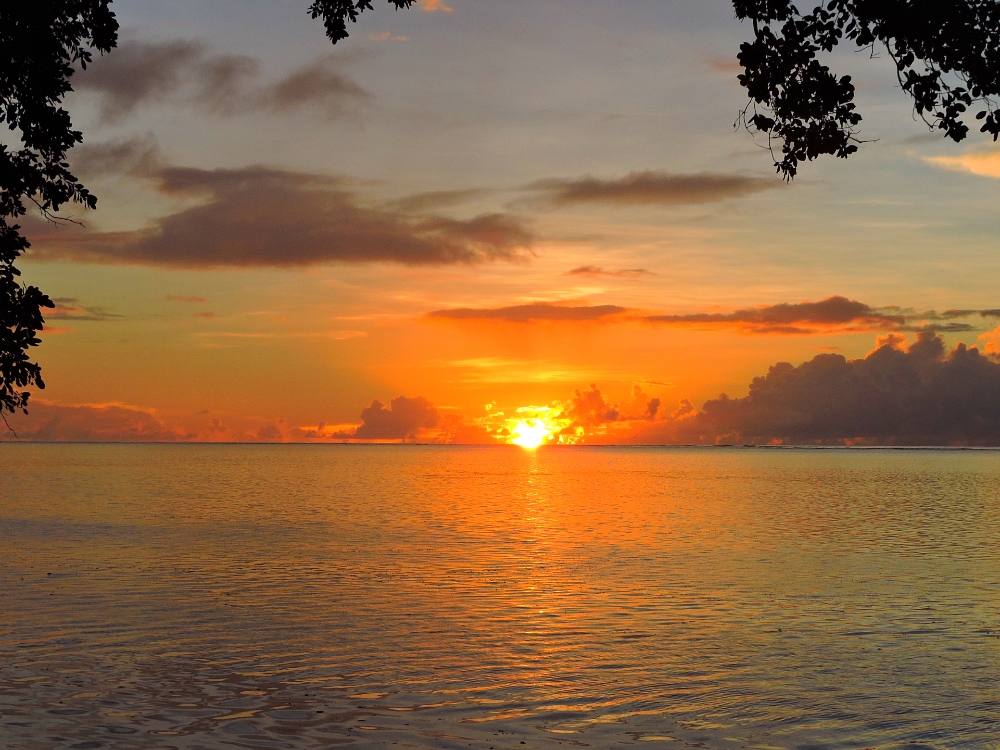
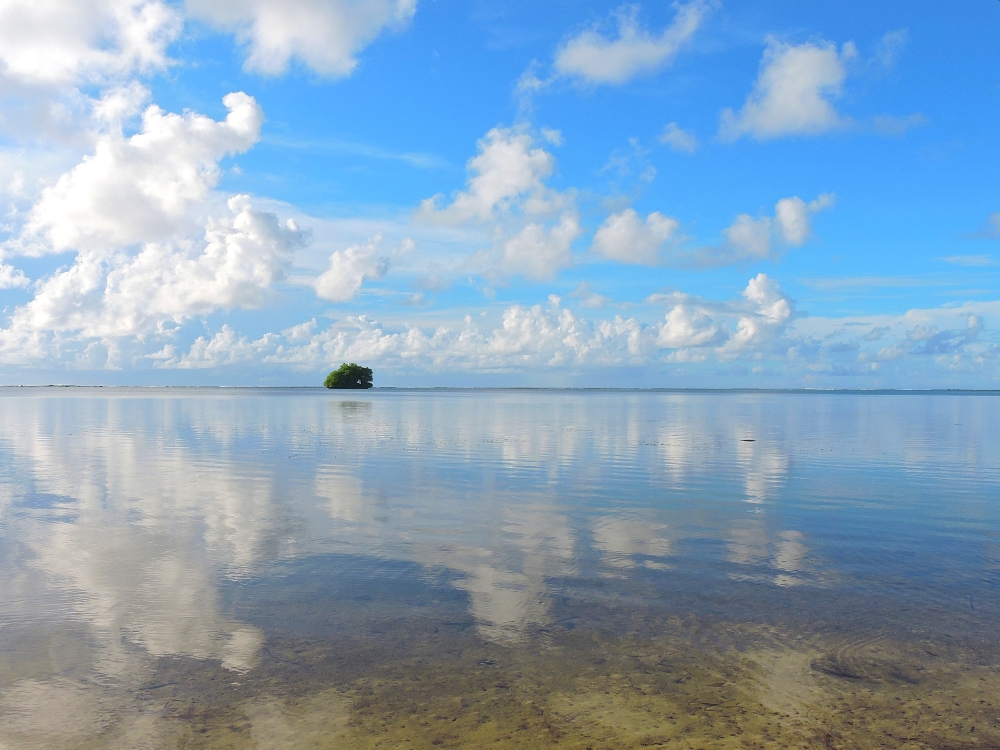
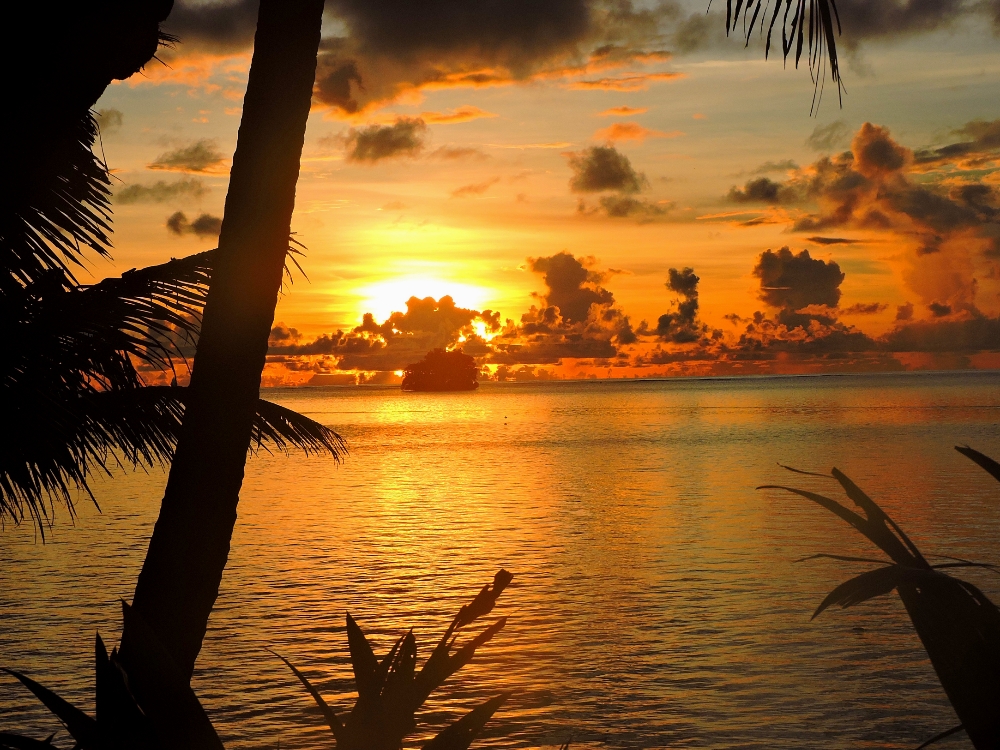
One additional aspect that I really needed at the time, was to spend some time in an area with spectacular natural scenery, something that had been somewhat lacking in my recent destinations. The best that Palau had to offer was to be found in its top-level World Heritage Site, but in reality the scenic value was more than impressive no matter in which part of the country I was in. My last main stop was the largest island, Babeldoab. There is a good loop road around that island, of about one hundred forty kilometers in length, and normally I would have availed myself of some substantially longer rides. However, with slightly rougher terrain, few places to stay, and the general heat around the country, I was not quite ready for that. Instead I rode part of the way up the eastern side, to a tiny village called Melekeok, which has beautiful scenery, but also some cultural interest, and then did a couple of short rides along its beach road.
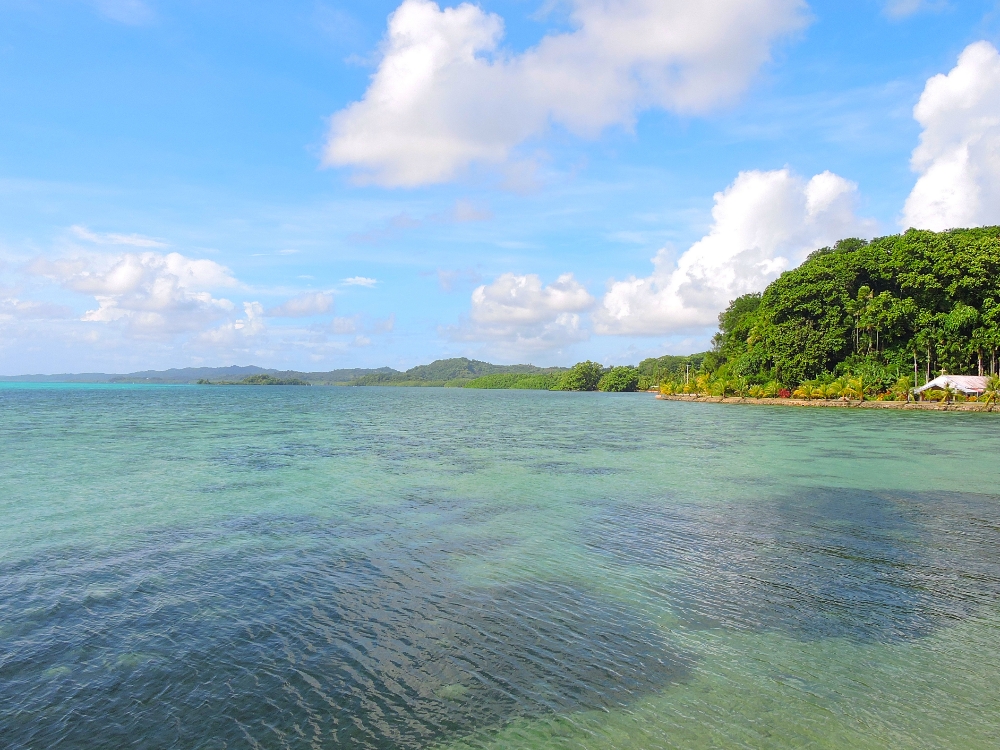
One on those cultural features is that Melekeok is location of the new Capital of the Republic. Well, the Capital is either called Melekeok or Ngerulmud, depending on who you are talking to. Of interest to me is that Ngerulmud has now taken over from Belmopan, Belize as the smallest Capital city I have ridden through during a tour. With a population of only around three hundred, it is unlikely any other city will ever claim that prestigious honor. The centerpiece of the area is the new government complex, built around ten years earlier using a multi-million Dollar grant from Taiwan, which is one of the country's biggest benefactors because Palau is one of a very few nations to formally recognize the independence of Taiwan.
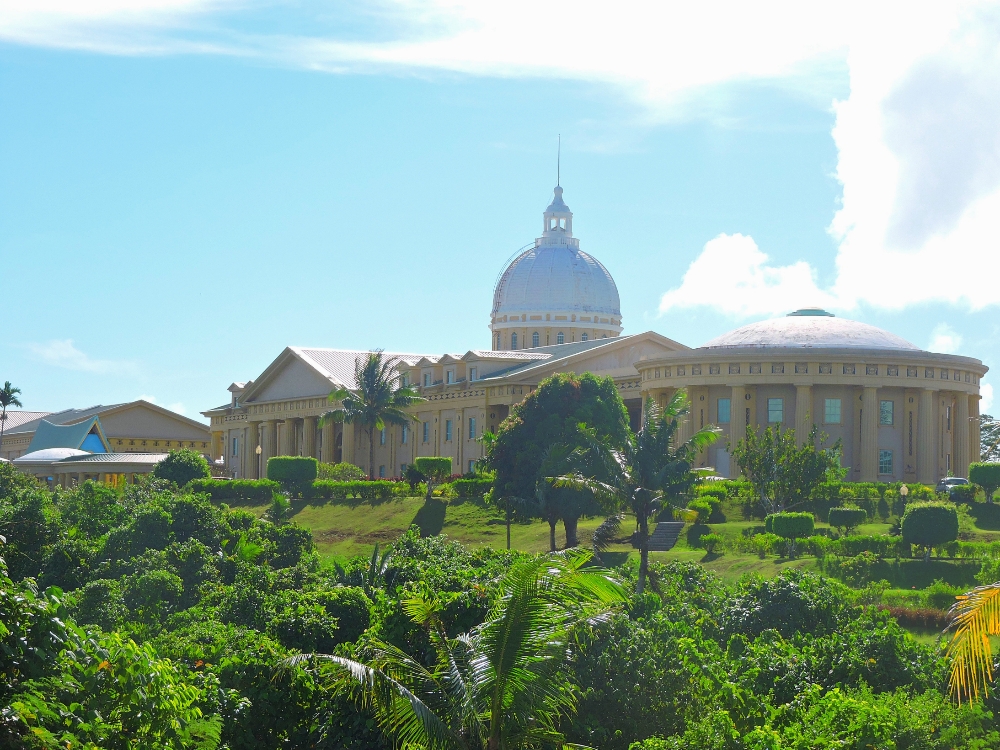
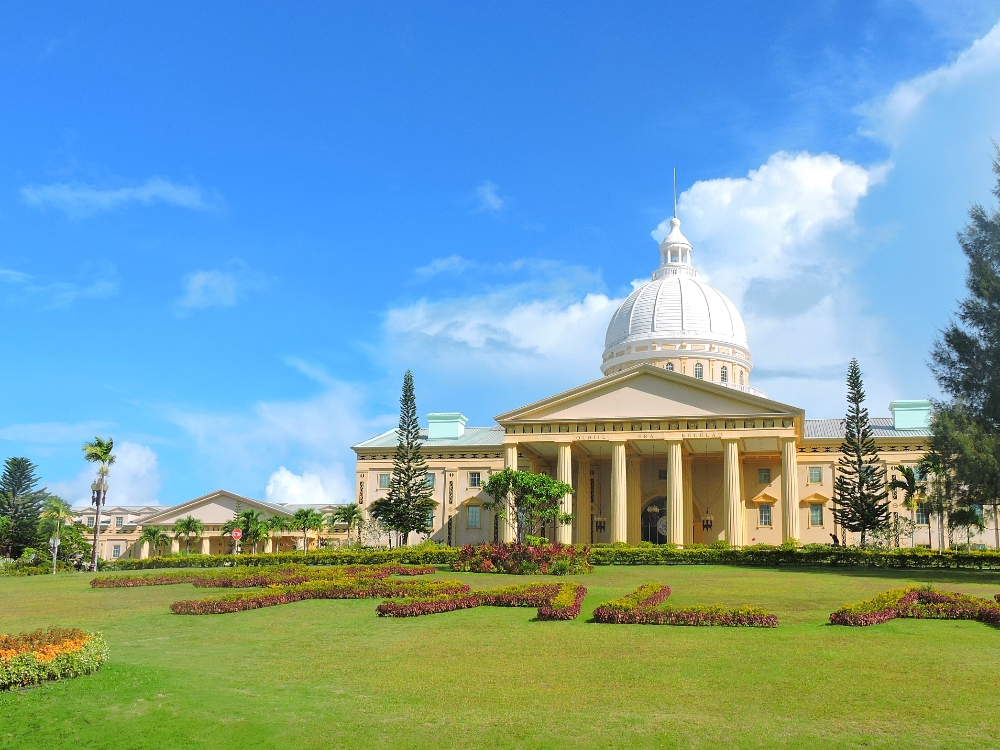
In the attractive forest abutting the village lies a more traditional piece of cultural heritage, the Melekeok Bai. Bais were traditionally buildings that were cultural centers and meeting places, sometimes being built for specific genders, as early Palauan society was matrilineal with distinct working roles for each gender. The paintings on the roof gables depict overall creation myths, while those in the interior show historical events relevant to each village.
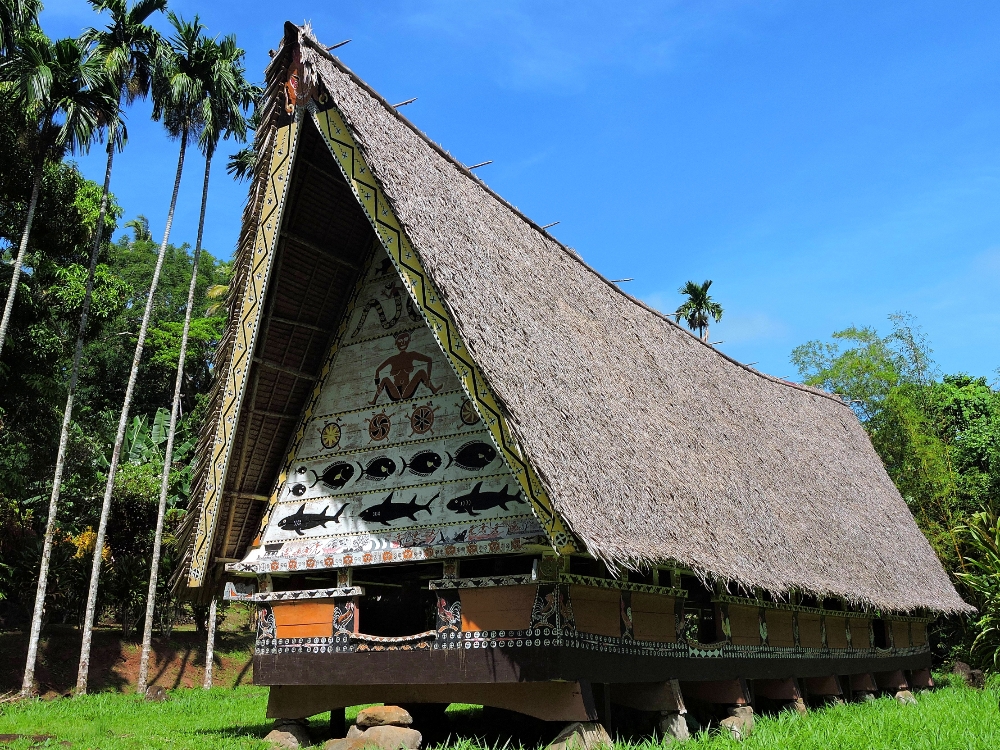
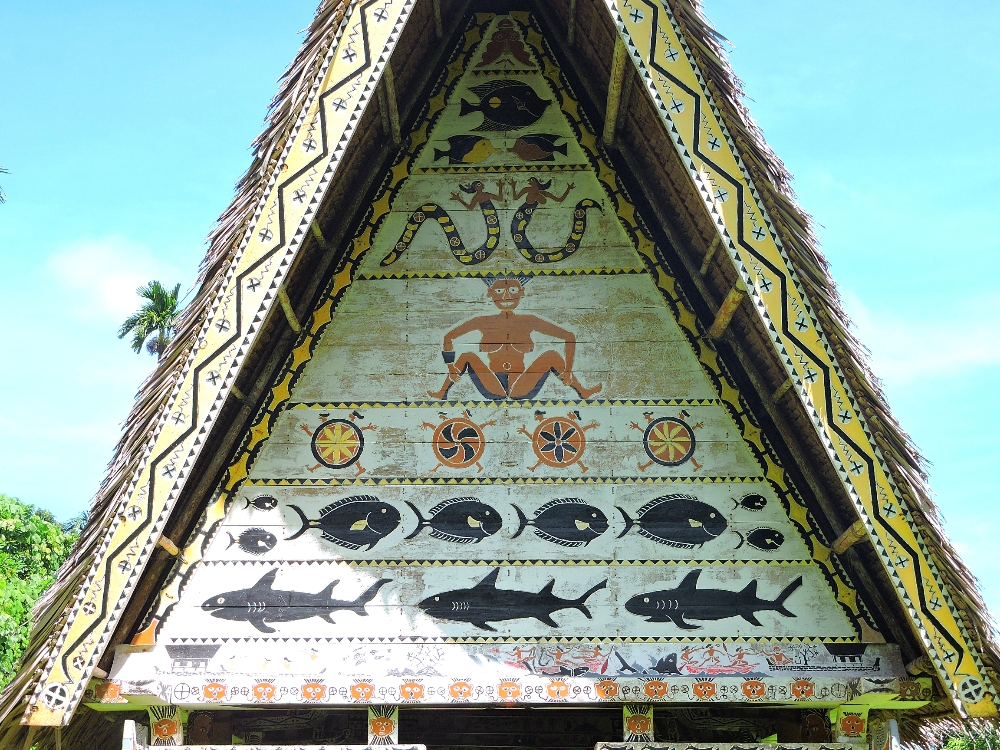
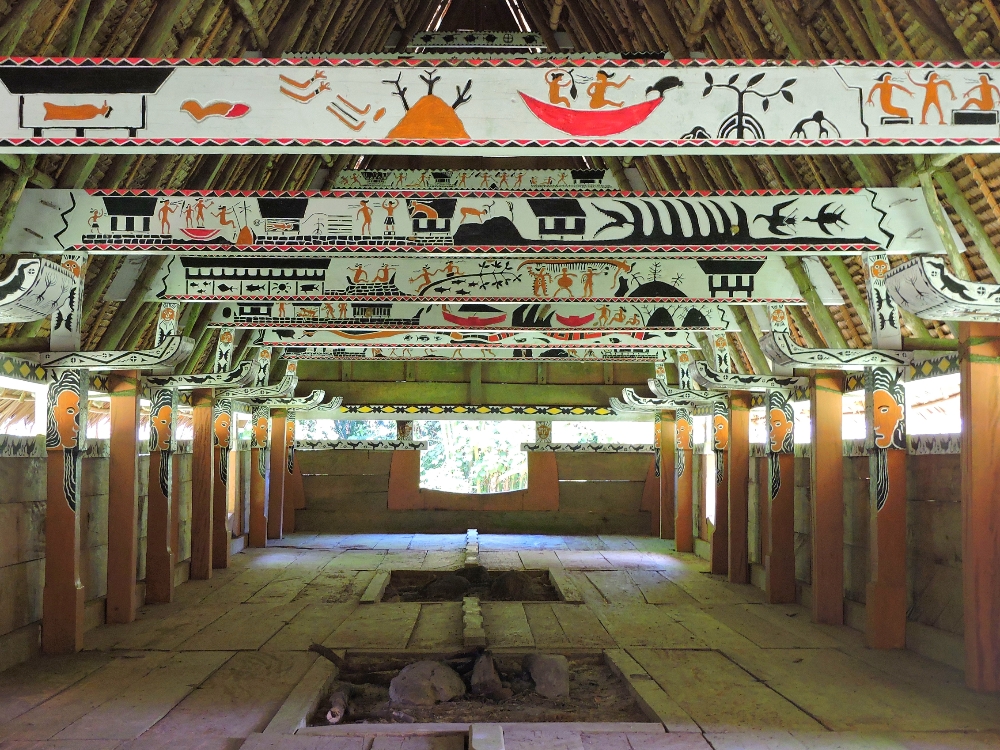
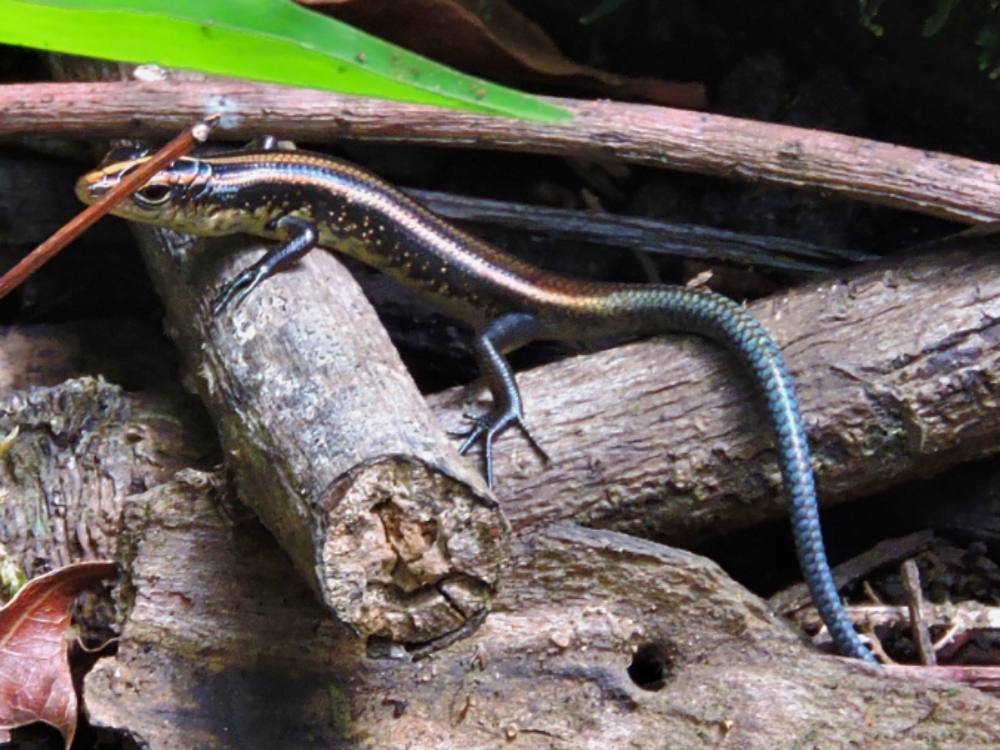
Eventually, my time in Palau was drawing to a close. However, seemingly random disruptions were not quite done with me just yet. My only option to get out of the country was a return to Guam, and then something I absolutely detest to get me to the next destination, a connecting flight that starts out by going in the wrong direction. In this case that meant flying to Tokyo, then reversing course. Of course, only four days before my scheduled departure, the stupid Omicron Variant made its presence known, and Japan hastily halted inbound travel. I was eventually able to create an alternative itinerary, at significant extra expense. But even that was not the final straw. When I finally did board the aircraft at 2:00 AM for the first leg to Guam, everyone was dismayed an hour later when a mechanical problem grounded that particular aircraft. With the next scheduled departure one week hence, that could have been a logistical nightmare. Surprisingly, one unforeseen benefit of the recent travel chaos was that there was a spare aircraft sitting in Guam that could be sent down as a replacement. After United Airlines had sent everyone to rooms in a nice resort for a few hours of rest, the new plane arrived, and our departure was only delayed by 17 hours. Fortunately, that delay did not cause me to miss my next connection.
After seven weeks in the country, much longer than anticipated, I was finally saying farewell to Palau. That friendly locale certainly has placed as one of my favorite countries of the Tour, so I didn't mind having stayed so long at all. Even better was that, for the first time in quite a while, I felt better leaving a place compared to when I arrived. Not completely better, but better, and I definitely needed that.